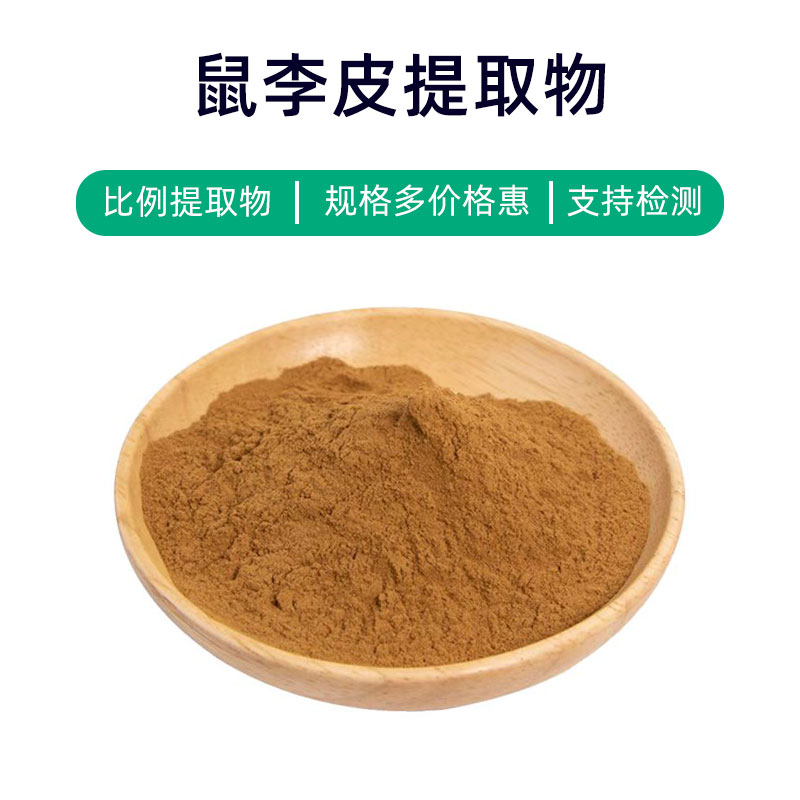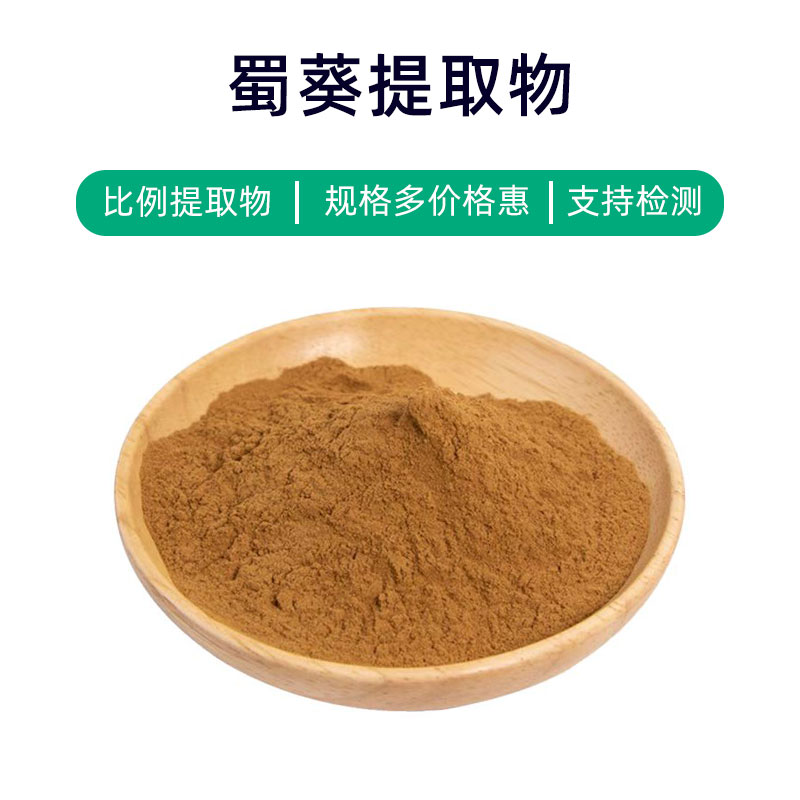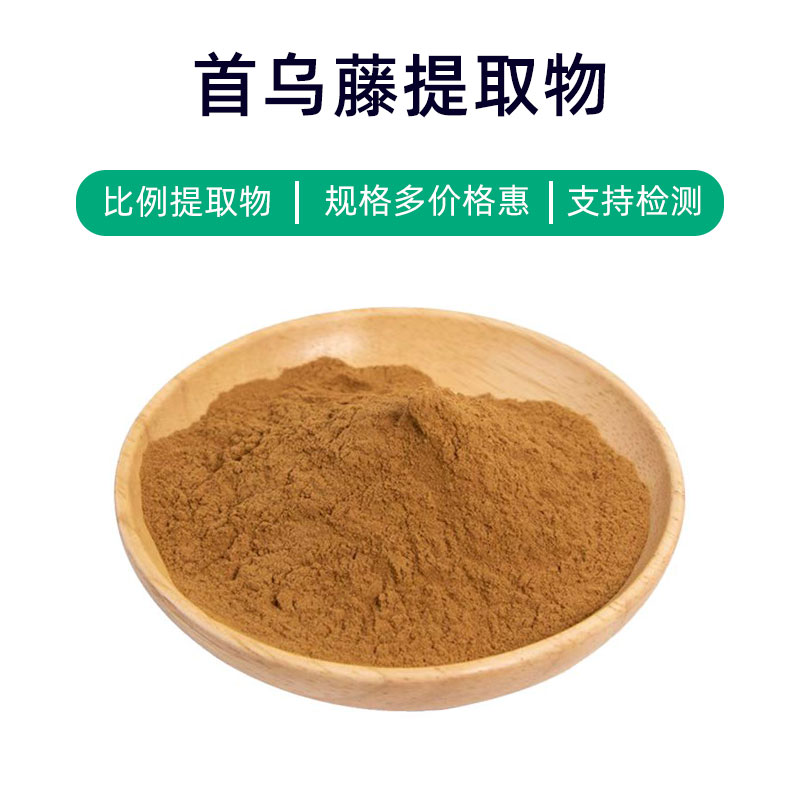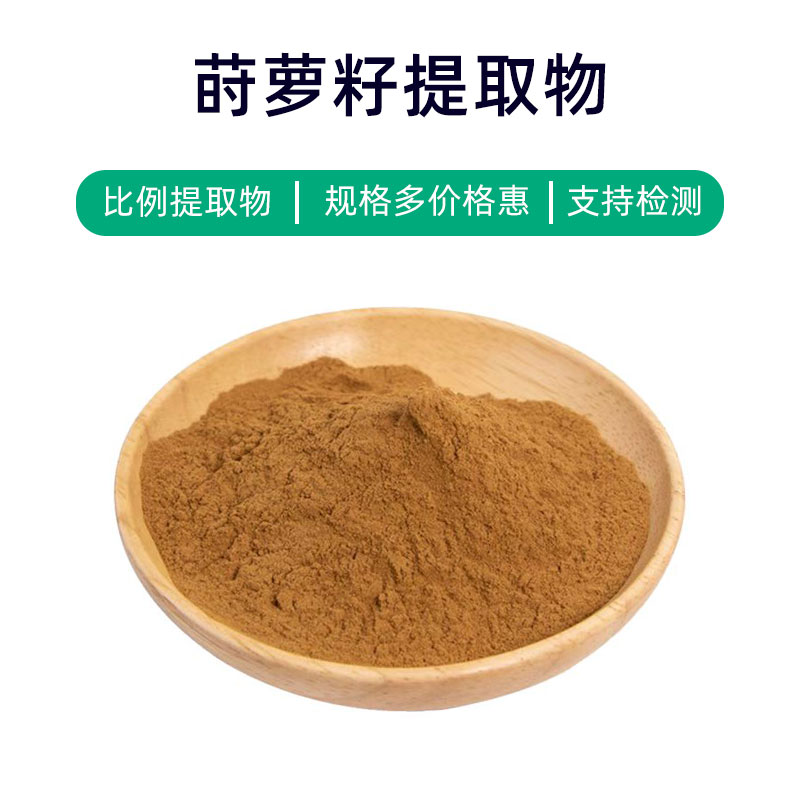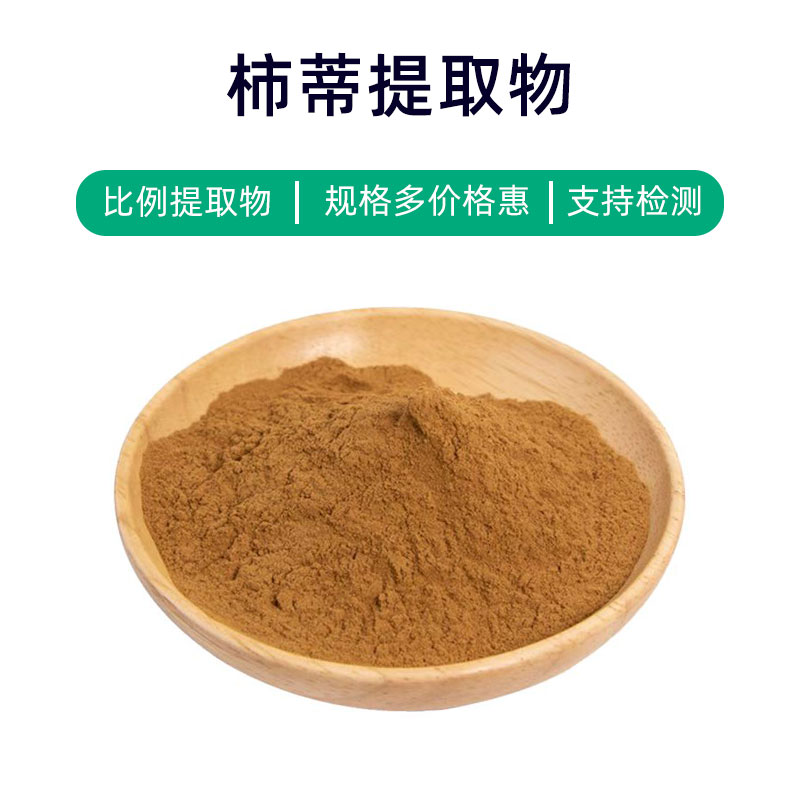Burdock Root Extract Product Introduction
Burdock Root Extract is a natural plant extract derived from the root of Burdock (Arctium lappa). Its primary components include inulin, fatty acids, polysaccharides, vitamins, and minerals, which provide various benefits and applications.
Firstly, Burdock Root Extract is extensively used in the dietary supplement field. With its rich nutritional content, it can promote metabolism, enhance immune function, and regulate body functions, contributing to overall health. Its natural antioxidants help eliminate free radicals and slow the aging process.
Secondly, Burdock Root Extract plays a significant role in drug preparation. It's used to make herbal remedies for treating rheumatism, reducing inflammation, and alleviating pain. Its antibacterial and anti-inflammatory properties make it an ideal choice for treating skin inflammations and other dermatological issues.
In addition, Burdock Root Extract is often used in the cosmetics industry. It is added to skincare and beauty products for its moisturizing, antibacterial, and antioxidant properties, helping to improve skin condition, reduce inflammation, cleanse pores, and enhance skin elasticity and glow.
Overall, Burdock Root Extract is a multifunctional natural plant extract with broad application prospects, playing an important role in dietary supplements, pharmaceuticals, and cosmetics, providing support for health and beauty.
Burdock Root Extract Production Process
The production process of Burdock Root Extract generally includes the following steps:
- Collection and Washing of Burdock Roots: Fresh burdock roots are selected, washed to remove dirt and impurities, ensuring the cleanliness and safety of the raw materials.
- Crushing and Grinding: The cleaned burdock roots are sent to a grinder for crushing and grinding into a fine powder to enhance extraction efficiency.
- Extraction Process: The burdock root powder undergoes an extraction process, typically using water or organic solvent extraction methods to extract the active components from the burdock root.
- Filtration and Concentration: The extract solution is filtered to remove solid impurities and then concentrated to reduce solvent volume and increase the concentration of active ingredients.
- Purification and Separation: Through purification processes such as precipitation and crystallization, target components are separated from the extract solution and impurities are removed to enhance product purity.
- Drying and Grinding: Finally, drying equipment is used to evaporate the solvent from the extract solution, obtaining a dry extract. The extract is then sent to a grinder for the desired particle size.
- Quality Control and Testing: The final product undergoes quality control and testing to ensure it meets relevant standards and regulations, including active ingredient content and microbial limits.
- Packaging and Storage: The product is packaged, usually in sealed containers to prevent oxidation and moisture ingress, extending the shelf life. It should be stored in a cool, dry place, avoiding direct sunlight and high temperatures.
Benefits and Side Effects of Burdock Root Extract
Burdock Root Extract is a common natural plant extract with various benefits and effects, mainly including the following aspects:
- Antioxidant Properties: Rich in natural antioxidants like polyphenols and vitamin C, Burdock Root Extract can neutralize free radicals in the body, reducing oxidative stress and contributing to the slowing of the aging process.
- Immune Regulation: It contains several bioactive ingredients that provide immune-regulating effects, enhancing the body's immune function and improving resistance to diseases.
- Blood Sugar Regulation: Research shows that some components in Burdock Root Extract can help regulate blood sugar levels, being beneficial as a supplementary treatment for diabetes.
- Anti-inflammatory and Antibacterial Effects: Burdock Root Extract contains various active ingredients that exhibit anti-inflammatory and antibacterial properties, effectively alleviating inflammatory responses and inhibiting the growth of bacteria and fungi, aiding in the treatment of skin inflammations and infectious diseases.
- Liver Protection: It is believed to have protective effects on the liver, helping to reduce liver damage and promote the repair and regeneration of liver cells.
- Blood Pressure and Lipid Lowering: Some active components in Burdock Root Extract can help regulate blood pressure and lipid levels, helping to prevent cardiovascular diseases.
- Anti-tumor Effects: Some studies suggest that certain compounds in Burdock Root Extract possess anti-tumor properties, inhibiting the proliferation and metastasis of tumor cells, showing potential effects in cancer prevention.
Although Burdock Root Extract has many benefits, attention should still be paid to the following points:
- Dosage Control: Users should follow product instructions or medical advice for dosage to avoid adverse reactions from excessive use.
- Individual Differences: Responses to Burdock Root Extract may vary among individuals; some may experience allergies or digestive issues and should use it cautiously.
- Drug Interactions: If taking medication or having existing health conditions, use under the guidance of a physician to avoid adverse interactions.
Overall, Burdock Root Extract can provide multiple health benefits at appropriate doses, but it is essential to be mindful of dosage control and individual differences to avoid adverse reactions.
Application Scenarios and Dosage of Burdock Root Extract
Burdock Root Extract has widespread applications in medicine, food, and cosmetics. Here are its applications and dosage across different fields:
- Applications in Medicine:
- Liver Protection: Used to prepare liver protection agents that help reduce liver damage and promote liver cell repair. Common forms include oral liquids, capsules, and tablets.
- Blood Sugar Regulation: Used as an auxiliary herb in traditional medicine to help regulate blood sugar levels, prevent and assist in treating diabetes. Typical dosage is 3-6 grams per day.
- Immune Regulation: Burdock Root Extract has certain immune-regulating effects and can help boost immune function to prevent infectious diseases. Common forms are oral liquids or granules, typically taken at 3-6 grams per day.
- Applications in Food:
- Health Supplements: Widely used in health supplements as a natural nutritional enhancer for regulating blood sugar, lowering blood pressure, and boosting immunity. Common forms include capsules, granules, and oral liquids, usually taken at 3-6 grams per day.
- Functional Foods: Can also be used to produce functional foods like burdock root tea and nutritional drinks aimed at promoting health and enhancing nutrition.
- Applications in Cosmetics:
- Skincare Products: Rich in antioxidants, burdock root extract provides anti-aging, whitening, and moisturizing effects, making it suitable for skincare products such as creams, lotions, and masks. Generally used in appropriate amounts daily.
- Hair Care Products: Can also be found in shampoos and body washes, offering cleansing, nourishing, and soothing effects for the scalp. Dosage generally follows product instructions.
When using Burdock Root Extract, it is essential to use it reasonably based on specific product instructions or medical advice, avoiding excessive use or allergic reactions. Pregnant women, nursing mothers, and children should only use it under medical supervision.
Introduction to the Source Plant of Burdock Root Extract, Distribution, and Growth Environment
Burdock Root (scientific name: Arctium lappa) is a perennial herbaceous plant belonging to the Asteraceae family, commonly found as a wild or cultivated herb. Here are details about the source plant, distribution, and growth environment of Burdock Root:
- Plant Description:
Burdock Root is a tall herbaceous plant, typically reaching heights of 1 to 2 meters. It has a well-developed root system shaped like a cone, with a hard texture and a dark brown surface. The stems are upright with angular edges, and the leaves are large, broad, heart-shaped, with long petioles, rough surfaces, and serrated edges. The small purple flowers form spherical flower clusters, and the fruit is a nut with a spiky crown. - Distribution:
Native to Europe and Asia, Burdock Root is mainly distributed in China, Japan, Russia, the Korean Peninsula, and several European countries. It thrives in temperate and subarctic regions, found in meadows, hills, fields, roadsides, and wastelands, preferring sunny and moist environments. - Growth Environment:
Burdock Root is adaptable and not particularly demanding in terms of soil quality, growing in various soil types but preferring sandy loam and rich soil. It requires ample sunlight and a moist climate but can also tolerate drought and cold conditions. It typically grows at altitudes between 500 to 2000 meters, with its growth period extending from spring to autumn. - Cultivation:
Burdock Root is usually sown in spring or autumn. Before sowing, the soil should be tilled and loosened. After sowing, the soil must be kept moist to facilitate seed germination and growth. Regular weeding and soil aeration are necessary to promote plant development. Burdock Root is generally harvested 3 to 4 years after growth, by which time the roots have developed substantial size and medicinal value.
Overall, Burdock Root is a common herbaceous plant, highly adaptable to various growth environments and widely distributed in temperate and subarctic regions. Its cultivation and growth are relatively straightforward, making it an important plant for both medicinal and culinary uses.
Processing and Storage of Burdock Root Extract
The processing of Burdock Root Extract typically involves the following steps: First, the harvested burdock roots are washed and peeled, then chopped or ground into fine powder. Next, appropriate solvents (such as water or ethanol) are used for extraction, with common methods including steeping, ultrasonic extraction, or heat reflux extraction. The resulting solution undergoes solid-liquid separation through filtration or centrifugation to obtain the extract. Finally, it may be concentrated, dried, and powdered to produce the final Burdock Root Extract.
For storage, it should be kept in a cool, dry, and well-ventilated place, avoiding direct sunlight and high temperatures. Care should be taken to avoid contact with harmful substances to maintain its original properties and stability. It is recommended to store in sealed containers and to regularly check the appearance and odor of the extract to ensure its quality remains unaffected.
Monica Sun is a seasoned expert in the plant extraction industry with over a decade of experience in research and production. She specializes in the extraction and purification of plant active ingredients, focusing on driving innovation in natural product applications. Monica has participated in the development of multiple functional plant extracts, delivering high-value natural raw material solutions for the health food, pharmaceutical, and dietary supplement sectors.









